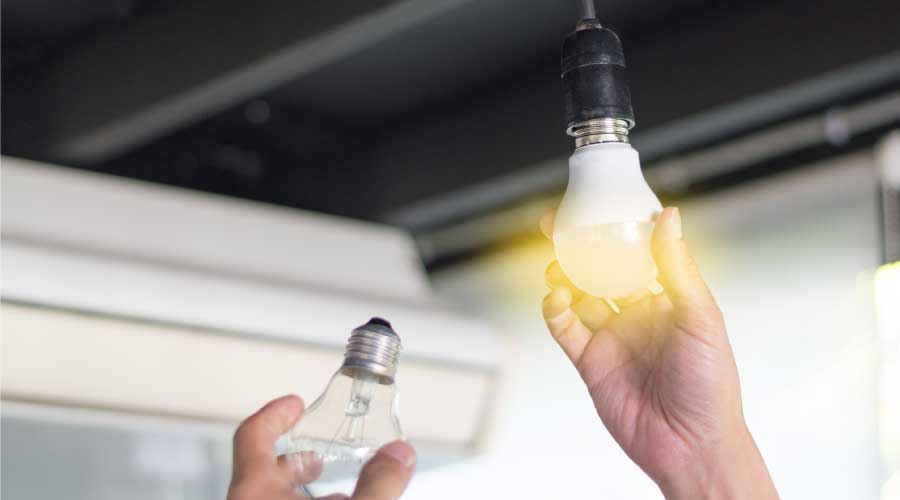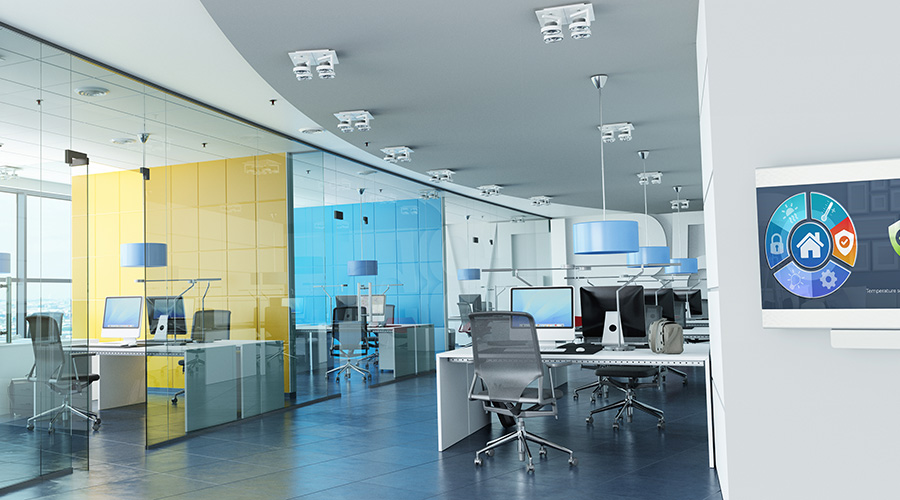Daylighting: Overcoming Glare and Heat Challenges
One important point is controlling glare. Direct sunlight penetration in classrooms and office spaces often produces an unpleasant glare on worksurfaces, making it difficult to work or view a computer screen.
The proper orientation of windows and skylights can admit direct and diffused daylight, producing the best combination of light for a building while also reducing glare. The selection and placement of windows and skylights should be determined by the amount of light needed and be based upon climate and the design of the building.
Another important daylighting challenge is controlling the amount of heat that enters a building. Because the sun is such a powerful source to light buildings, it can also produce tremendous amounts of heat. If not planned properly, using natural lighting can result in undesirable heat gains.
It may seem that it would be difficult to increase the amount of light without bringing in extra heat. However, the use of window treatments and window films and glazing can shade a window or diffuse direct sunlight, minimizing heat gain. This can reduce overall cooling loads, eliminating the need for a larger cooling system, resulting in additional overall savings.
Too much heat or light are not the only challenges associated with daylighting strategies. Some architectural features, such as a building’s roof, atrium shapes or a building’s angles can obstruct daylight from illuminating a space. To prevent daylight obstruction, wall openings should be strategically placed within the space.
For example, if elements that can block daylight are located high up in the space they should be as far from wall openings as possible. In a plan that features both open and enclosed spaces, open space areas should be close to the wall openings. This maximizes the effect of daylight, reflecting light deeper into the space.
Mike Molinski is a project manager at Vocon, a Cleveland, Ohio, architectural and interior design firm. He has worked on several LEED-certified projects, including health care facilities, offices, laboratories and classrooms.
Related Topics:














